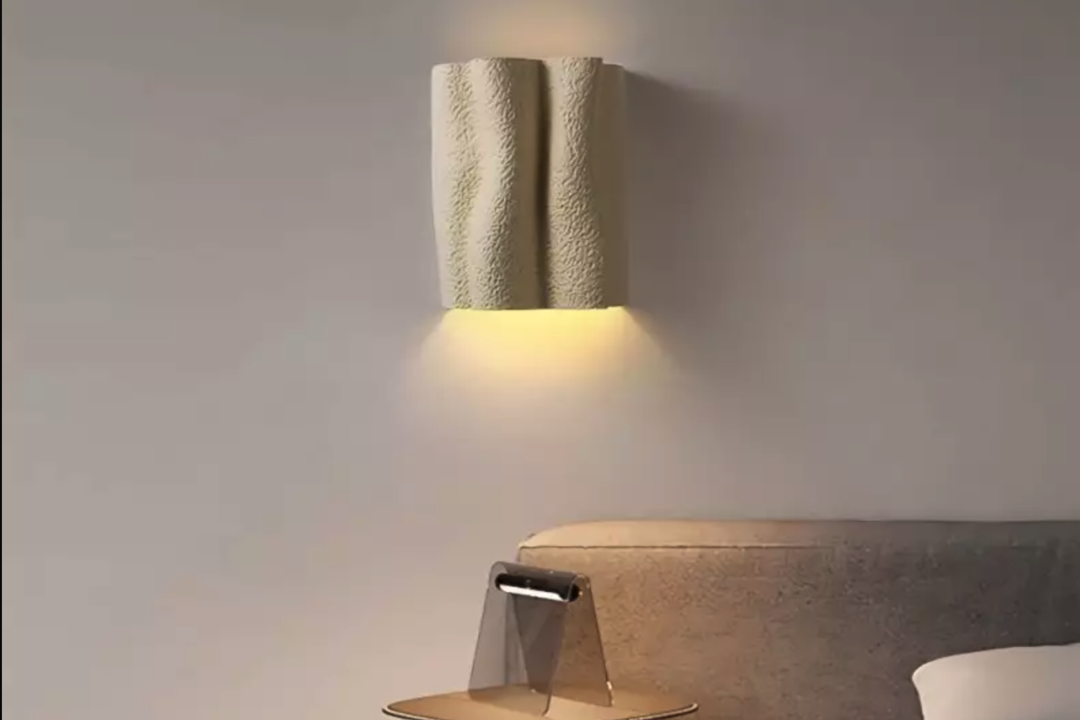Introduction
Delftware, also known as Delft blue, is a type of ceramic pottery that originated from the ancient Chinese porcelain. However, the Dutch took this art to another level by creating beautiful earthenware that had a distinct blue and white design. The use of Delftware in chandeliers, statues, and other forms of art became prevalent in the 17th century. One of the most beautiful examples of Delftware chandeliers is the Delft chandelier, which is renowned worldwide for its intricate design and stunning beauty. This article aims to explore the history and design of the Delft chandelier and why it is a valuable piece of art.
The History of Delft Chandeliers
Chandeliers have long been associated with wealth and luxury, as they were often used to illuminate grand palaces and churches. In the 16th and 17th centuries, Delftware chandeliers grew popular in the Netherlands as the country became known for its ceramic art. The original Delftware chandeliers were wall-mounted and had simple designs compared to the later versions. However, with the growth of the Dutch Golden Age in the 17th century, Delft artists began to create more elaborate and ornate chandeliers.
The Delft chandelier has its roots in the Dutch Golden Age when the art of Delftware flourished. In addition to chandeliers, Delftware was used in statuettes, vases, plates, and other forms of household decoration. In the 18th century, Delft artists also began to incorporate Chinese porcelain designs in their chandeliers. The chandeliers of this era featured intricate designs such as Chinese dragons, peonies, and other cultural symbols. By the time of the French Revolution, Delftware chandeliers had reached their peak in popularity, and were prized by the wealthy for their beauty and elegance.
The Design of the Delft Chandelier
The Delft chandelier is a stunning piece of art that is known for its intricate design and beauty. The chandelier is made from blue and white earthenware and typically features a central stem that holds multiple tiers of lights. Each tier is decorated with Delftware that depicts various symbols such as flowers, animals, and other cultural elements. Additionally, the base of the chandelier is often decorated with a Delftware sculpture, which adds to its overall grandeur.
The Delft chandelier is not only an ornate piece of art but also a functional one. The central stem of the chandelier supports multiple tiers of lights, which provide excellent illumination in grand rooms. The size of the chandelier can vary depending on the number of tiers and lights. However, the larger versions of the Delft chandelier are often over 6 feet in height and can weigh over 500 pounds.
Why the Delft Chandelier is Valuable
Delft chandeliers are valuable pieces of art due to their rarity, beauty, and historical significance. The process of creating a Delftware chandelier is complex and requires the expertise of skilled artists. The production of these chandeliers also requires a vast amount of resources, as the creation of each piece can take months. This fact, combined with their historical significance and beauty, makes Delft chandeliers highly sought after by collectors and art enthusiasts alike. The rarity of these chandeliers also plays a role in their value, as only a limited number of artists are skilled enough to create them today.
Conclusion
The Delft chandelier is a testament to the skill and artistry of Dutch Delftware artists. Its intricate design, historical significance, and beauty make it a valuable piece of art that is highly prized worldwide. The chandelier is not only an ornate decoration but also a functional one that provides excellent illumination for grand rooms. The rarity of these chandeliers only adds to their value and makes them highly sought after by collectors and art enthusiasts alike. In conclusion, the Delft chandelier is a magnificent piece of art that is a testament to the beauty and elegance of Delftware.


